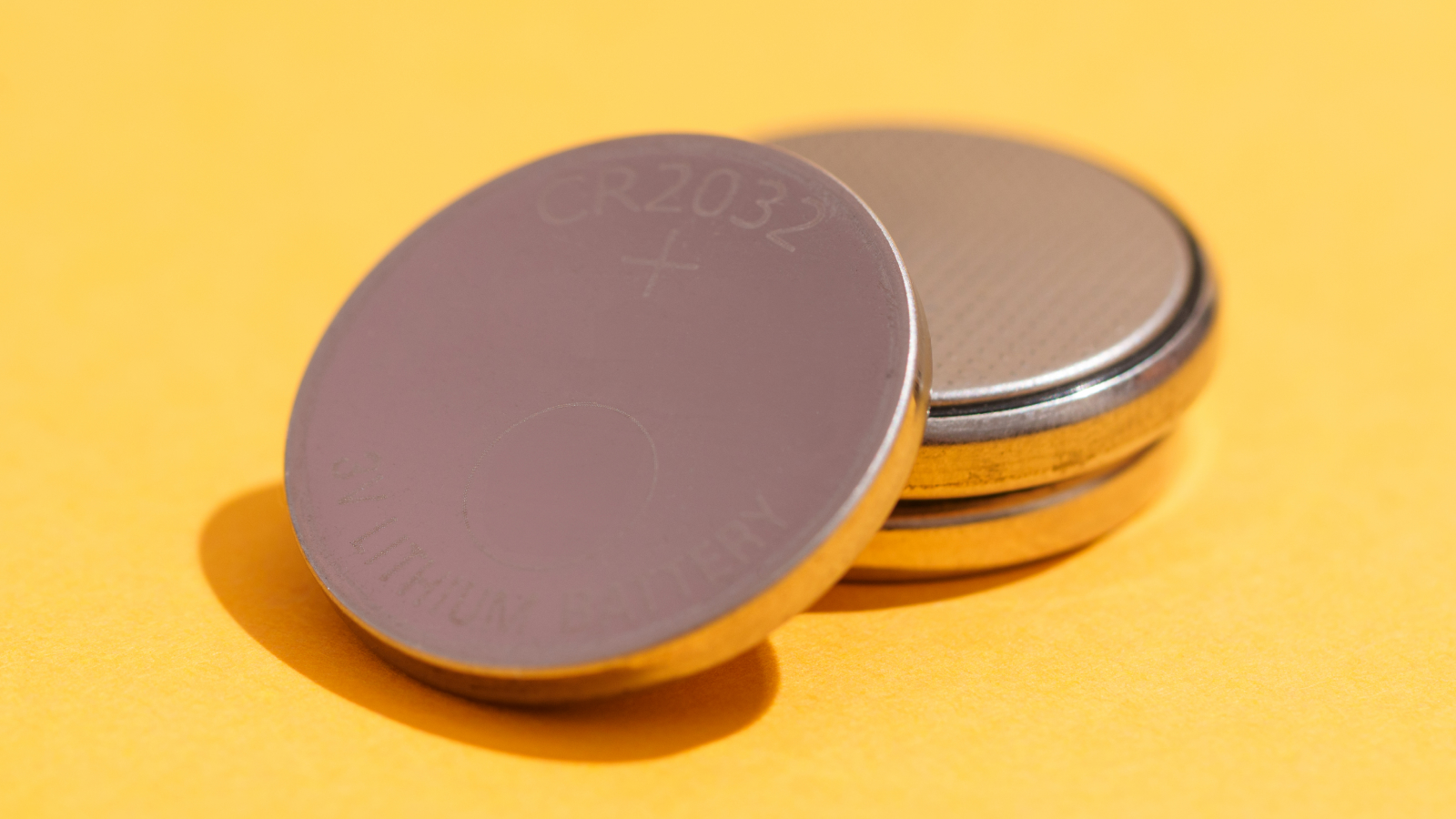Materials, Vol. 17, Pages 743: Effect of Sintering Temperature on Microstructure Characteristics of Porous NiTi Alloy Fabricated via Elemental Powder Sintering
Materials doi: 10.3390/ma17030743
Authors: Tianhu Miao Sha Zhan Xiaojuan Chen Li Hu
To investigate the effect of the sintering temperature on the microstructure characteristics of porous NiTi alloys, two types of porous NiTi alloys with equal atomic ratios were fabricated via elemental powder sintering at 950 °C and 1000 °C. Afterwards, optical microscopy (OM), scanning electron microscopy (SEM) and transmission electron microscopy (TEM) were collectively applied to investigate the pore characteristics and microstructure of the fabricated porous NiTi alloy. The results show that when the sintering temperature increases from 950 °C to 1000 °C, the average pore size increases from 36.00 μm to 181.65 μm, owing to the integration of these newly formed small pores into these pre-existing large-sized pores. The measured density increases from 2.556 g/cm3 to 3.030 g/cm3, while the porosity decreases from 60.4% to 51.8%. This is due to the occurrence of shrinkage after the sufficient diffusion of atoms. Furthermore, the characterization results confirm that a change in the sintering temperature would not change the phase types within a porous NiTi alloy; namely, the matrix consists primarily of B2 NiTi, with a significant amount of Ni4Ti3 precipitates and a small amount of Ni3Ti precipitates and Ti2Ni precipitates. However, as the sintering temperature increases, the number of Ni4Ti3 precipitates decreases significantly. The formation of a Ni4Ti3 phase in the present study is closely related to the enrichment of Ni content in the matrix owing to the diffusion rate difference between Ni atoms and Ti atoms and the absence of a transient liquid phase (TLP) during the sintering process owing to the relatively low sintering temperature (lower than the eutectic temperature). Moreover, the increasing sintering temperature speeds up the atom diffusion, which contributes to a reduction in the enrichment of Ni as well as the number of formed Ni4Ti3 precipitates.

 2 months ago
31
2 months ago
31


